NASA Astronomy Picture of the Day 17 January 2023: Andromeda Galaxy is simply riveting
NASA’s Astronomy Picture of the Day is a riveting snapshot of the Andromeda Galaxy and the oxygen-emitting blue arcs that surround it.
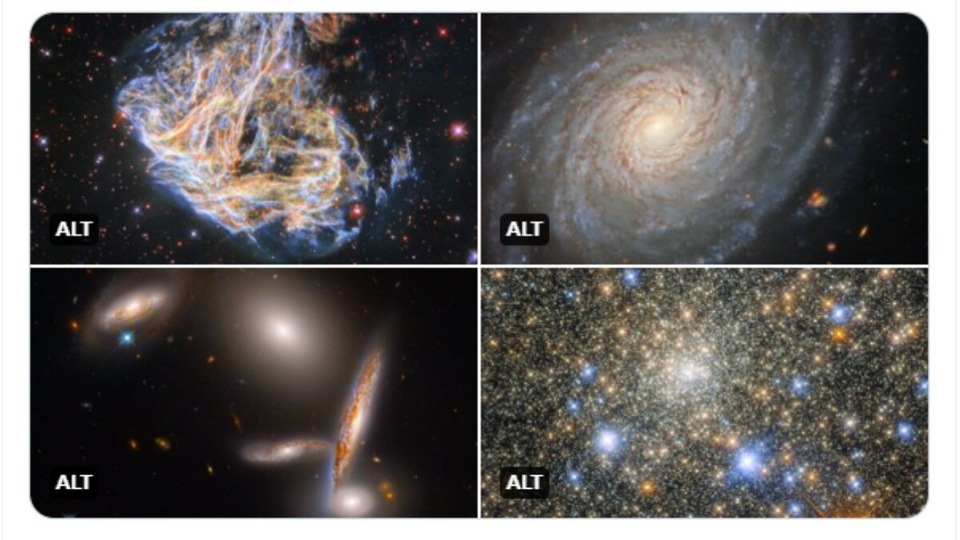
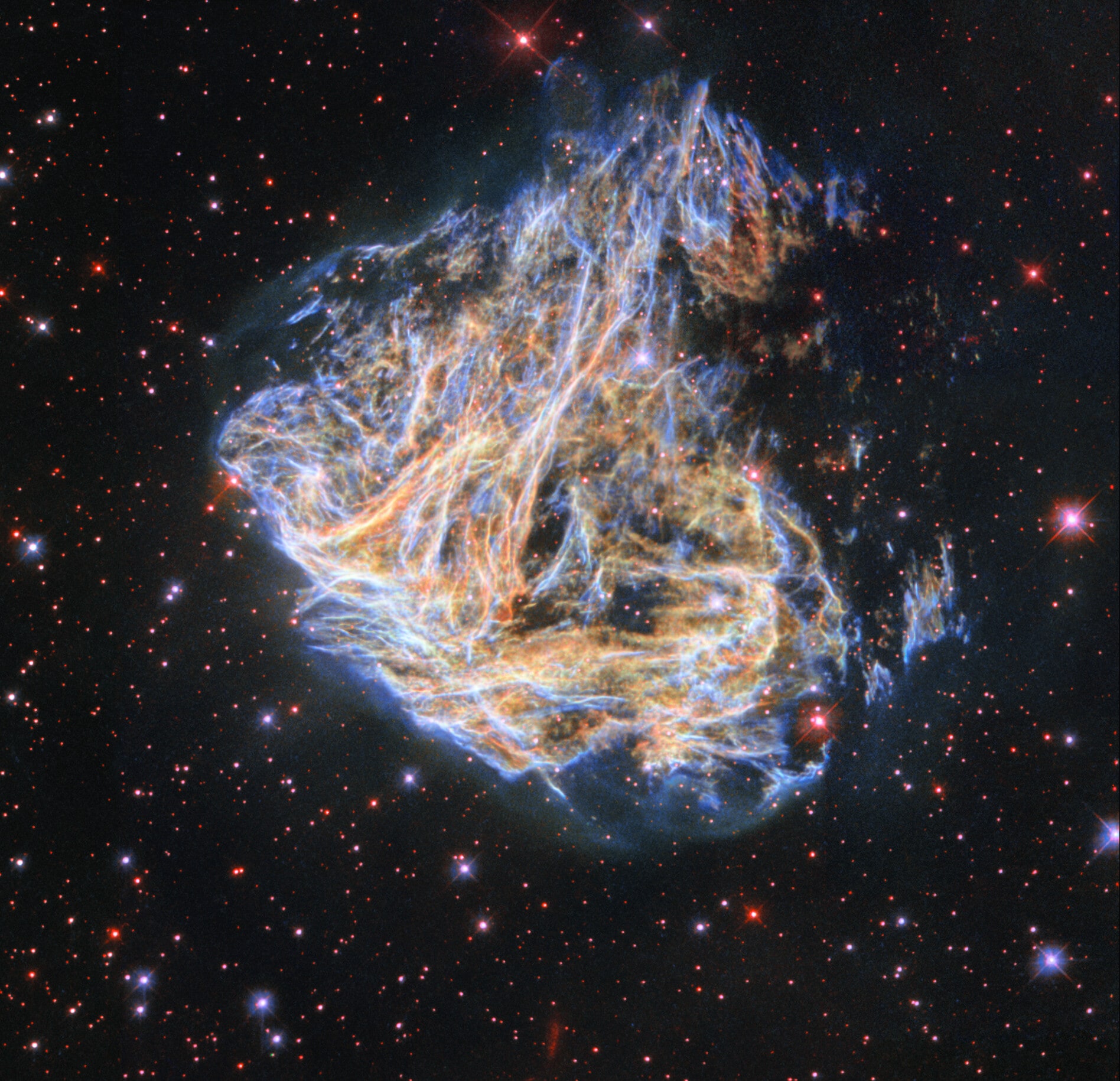
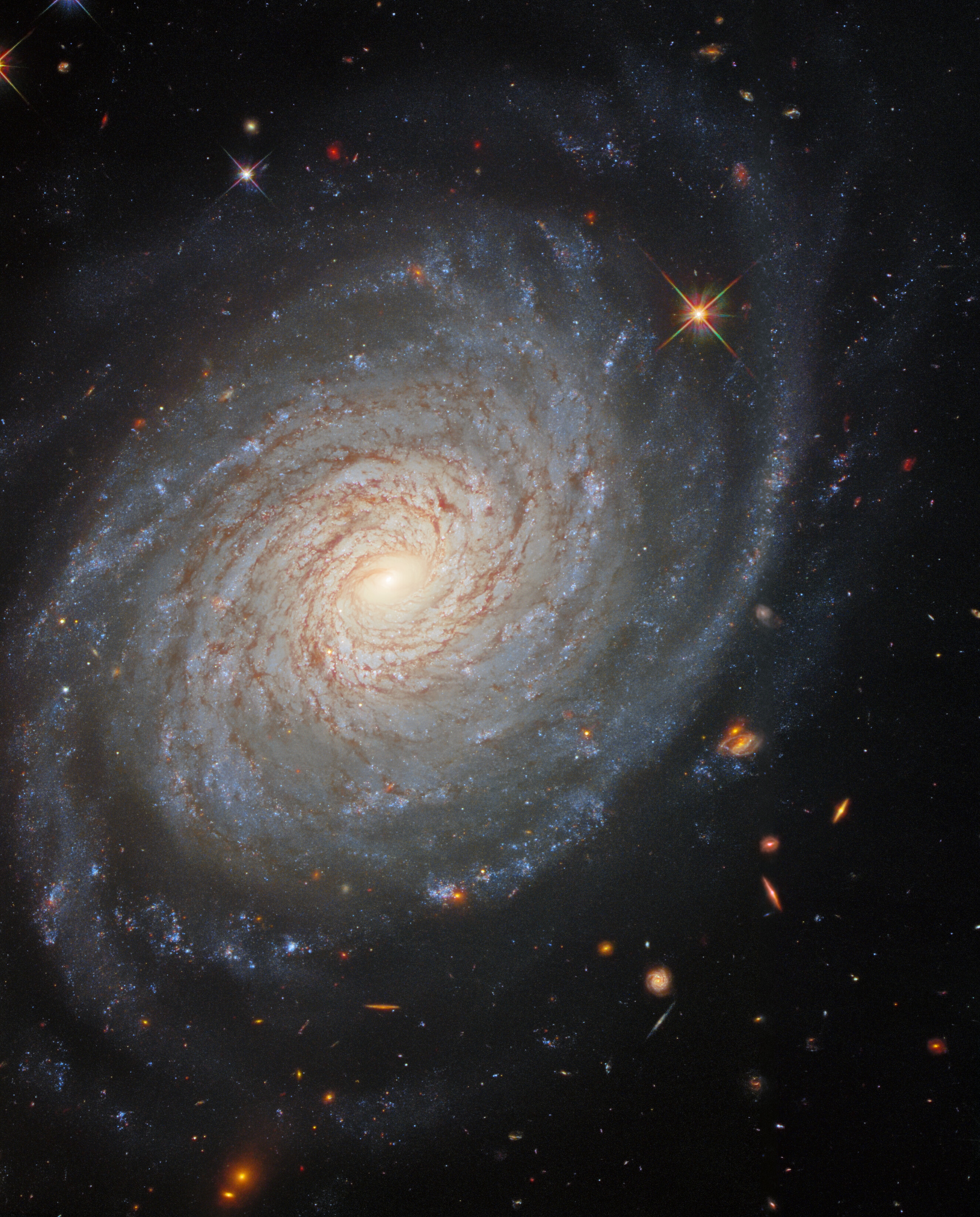
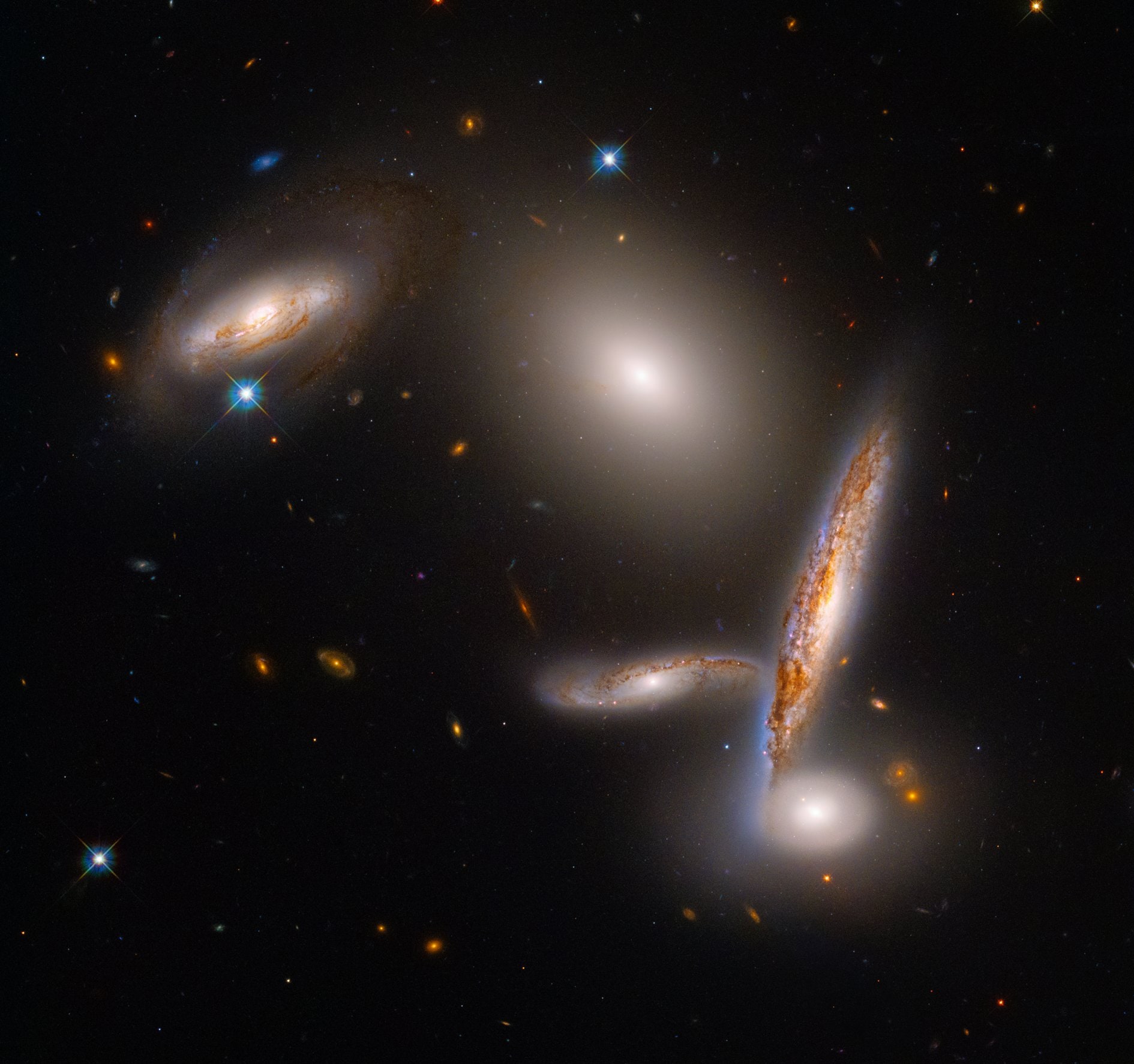

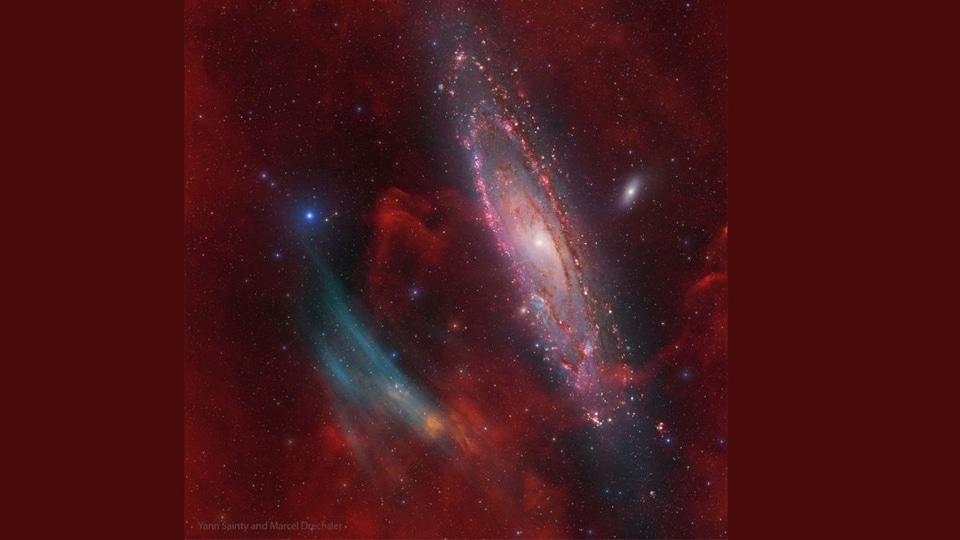
 View all Images
View all ImagesThe Andromeda Galaxy is one of the most distant, yet easily visible objects to the eye. Also known as Messier 31, it is a spiral galaxy located approximately 2.5 million light-years away from Earth in the constellation Andromeda. According to NASA, the Andromeda Galaxy is twice the size of our own Milky Way Galaxy, spanning across nearly 260,000 light-years and containing over 1 trillion stars. One of the most striking features of Andromeda is its bright central region, known as the nucleus, which is home to a supermassive black hole. Apart from this, the galaxy also has spiral arms rich in dust and gas.
Andromeda is also home to a number of interesting objects, including globular clusters, planetary nebulae, and supernovae. NASA's Astronomy Picture of the Day is a riveting snapshot of the Andromeda Galaxy and blue gas arcs near it, which are thought to be oxygen-emitting arcs. Shockingly, these arcs were only discovered last year by amateur astronomers and they were not seen in previously captured images of Messier 31.
The image was captured by Yann Sainty, a French amateur astrophotographer and Marcel Drechsler, a German astrophotographer.
NASA's explanation
Why are there oxygen-emitting arcs near the direction of the Andromeda galaxy? No one is sure. The gas arcs, shown in blue, were discovered and first confirmed by amateur astronomers just last year. The two main origin hypotheses for the arcs are that they really are close to Andromeda (M31), or that they are just coincidentally placed gas filaments in our Milky Way galaxy. Adding to the mystery is that arcs were not seen in previous deep images of M31 taken primarily in light emitted by hydrogen, and that other, more distant galaxies have not been generally noted as showing similar oxygen-emitting structures.
Dedicated amateurs using commercial telescopes made this discovery because, in part, professional telescopes usually investigate angularly small patches of the night sky, whereas these arcs span several times the angular size of the full moon. Future observations -- both in light emitted by oxygen and by other elements -- are sure to follow.
Catch all the Latest Tech News, Mobile News, Laptop News, Gaming news, Wearables News , How To News, also keep up with us on Whatsapp channel,Twitter, Facebook, Google News, and Instagram. For our latest videos, subscribe to our YouTube channel.































